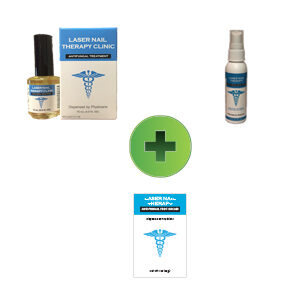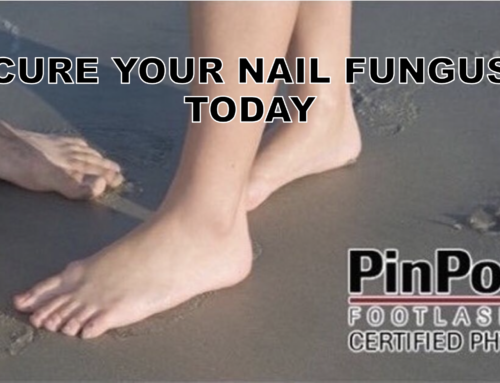The dangers of oral anti-fungal medication are explained in this blog. It is important to know what treatment options should be avoided at all costs. Treatments for toenail fungus come in different forms. And all with their own pros and cons. It is up to the individual to make the decision to get treatment for toenail fungus and the decision of which treatment to receive. However, you should be informed about all of the treatment options available before you make this decision. Most of the treatments available are safe, but some can come with dangerous side effects. Some of these side effects may even result in liver failure. Before you start taking oral antifungal medications for fungus, you should understand the dangers that can come with them.
How does oral medication work?
Oral medications for toenail fungus work by distributing antifungal chemicals throughout the bloodstream. Once ingested, the body absorbs the antifungals in the pill by digesting it. Then processes them in the liver. Because the antifungal agents have to pass through the liver before they get to the toes, these medications can cause liver damage in some people. These treatments require blood tests before and during the course of medication to avoid damage to the liver. And even with all the precautions taken, people still experience liver failure. And not to mention other very common side effects such as constant headaches, upset stomach, nausea, diarrhea, and even loss of taste.
More dangers come with oral medication for fungus because of its potential to interact with other drugs. Since these medications are distributed throughout the entire body as they kill fungus under the nail, they can react with other medications that are being taken at the same time. Because of this, any podiatrist prescribing oral antifungal medications should determine if they are safe for every patient to take.

Dangerous side effects
Treatments for toenail fungus, such as oral medication and topical creams, although very common, have dangerous side effects. The most common oral medications used to treat nail fungus include Terbinafine and Itraconazole. According to the National Center for Biotechnology Information, Itraconazole can interact with cholesterol and blood sugar medication and some sleeping pills. Another common oral medication, Terbinafine, can cause gastrointestinal problems. It can also interact with certain heart medications and antidepressants. When taking these medications, you will be at risk of liver damage and may need occasional blood tests.
Are these side effects worth it?
Oral medications are often ineffective at treating toenail fungus. These medications have a cure rate of around 60%. This cure rate might be higher when compared to trying topical medications, but it doesn’t compare to laser treatment. Laser treatment offered at Laser Nail Therapy has a cure rate of 85%.
Topical treatment
Topical medications for antifungal treatment are in the form of creams, ointments, lacquers, and sprays. These are to be applied to the skin and nail area only to kill fungal pathogens. Topicals should be used for those who have half of the nail or are less infected. For those whose liver cannot tolerate the oral medications, topical is a safe choice. Although these are a form of antifungal remedy, topicals have a very low cure rate. They are unable to penetrate through the skin and nail deep enough to kill fungi. Furthermore, topicals are recommended to be used more so for aftercare or alongside another treatment option.

Laser Treatment for Toenail Fungus
If you have caught nail fungus, it can be easily treated using the FDA-approved PinPointe laser. It typically only takes one treatment. Other treatments, such as topical solutions and oral medication, are not as effective. Topical solutions have a very low cure rate. This is because the solution does not penetrate all the way through the nail bed. This is because it can lead to liver toxicity. You would need to have consistent blood tests throughout the course of taking the medication.
Our nail doctor in Potomac, MD, recommends this treatment for toenail fungus. The PinPointe Laser treatment has the highest cure rate in the market. It has no side effects and no recovery period. As a result, you can go about your daily activities right after the treatment. Also, there’s no pain. If you have any signs of nail fungus, call us at (800) 672-0625 at our Potomac, MD location. Visit our website for more information on our doctors at one of our over 150 locations.





